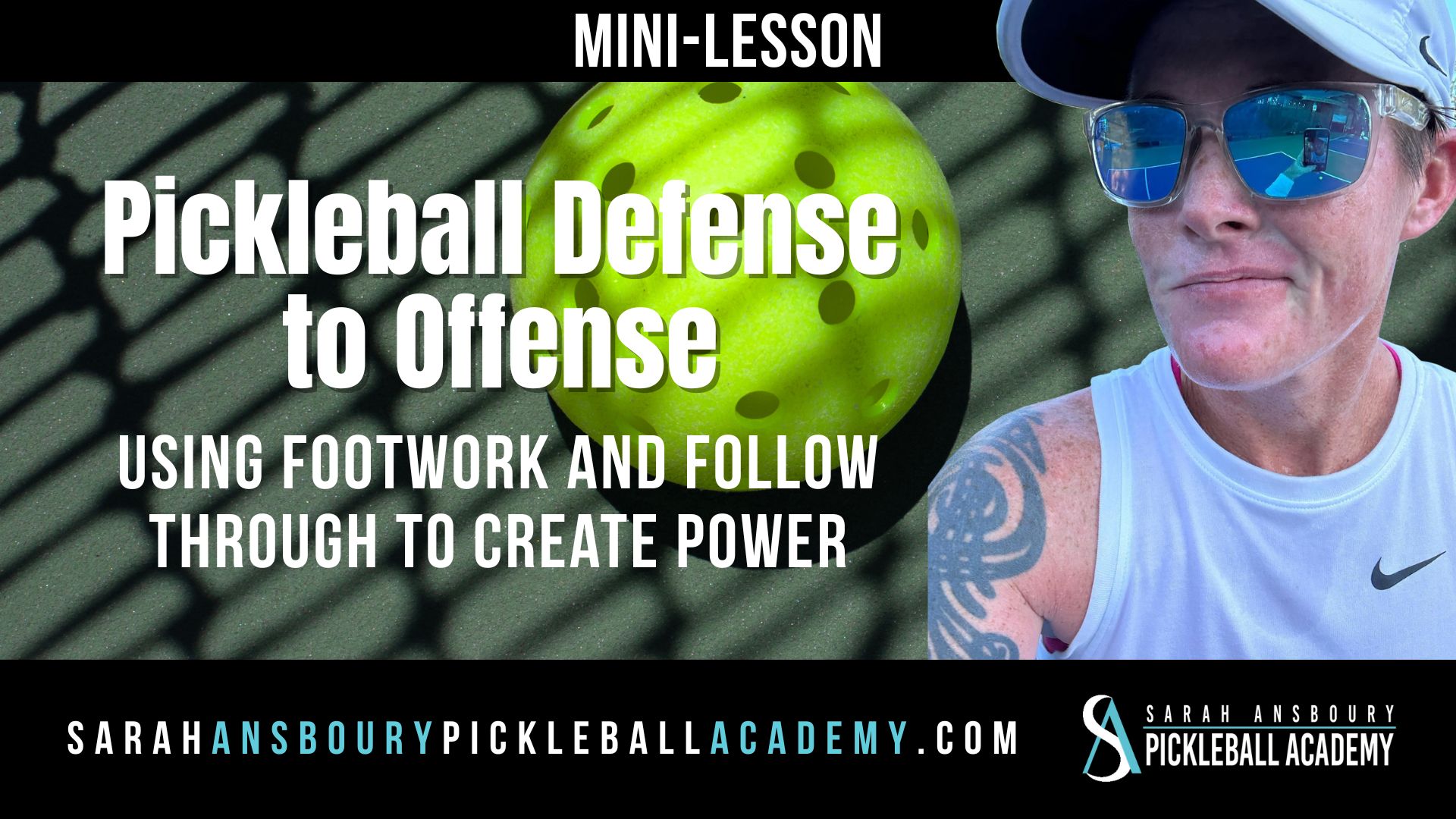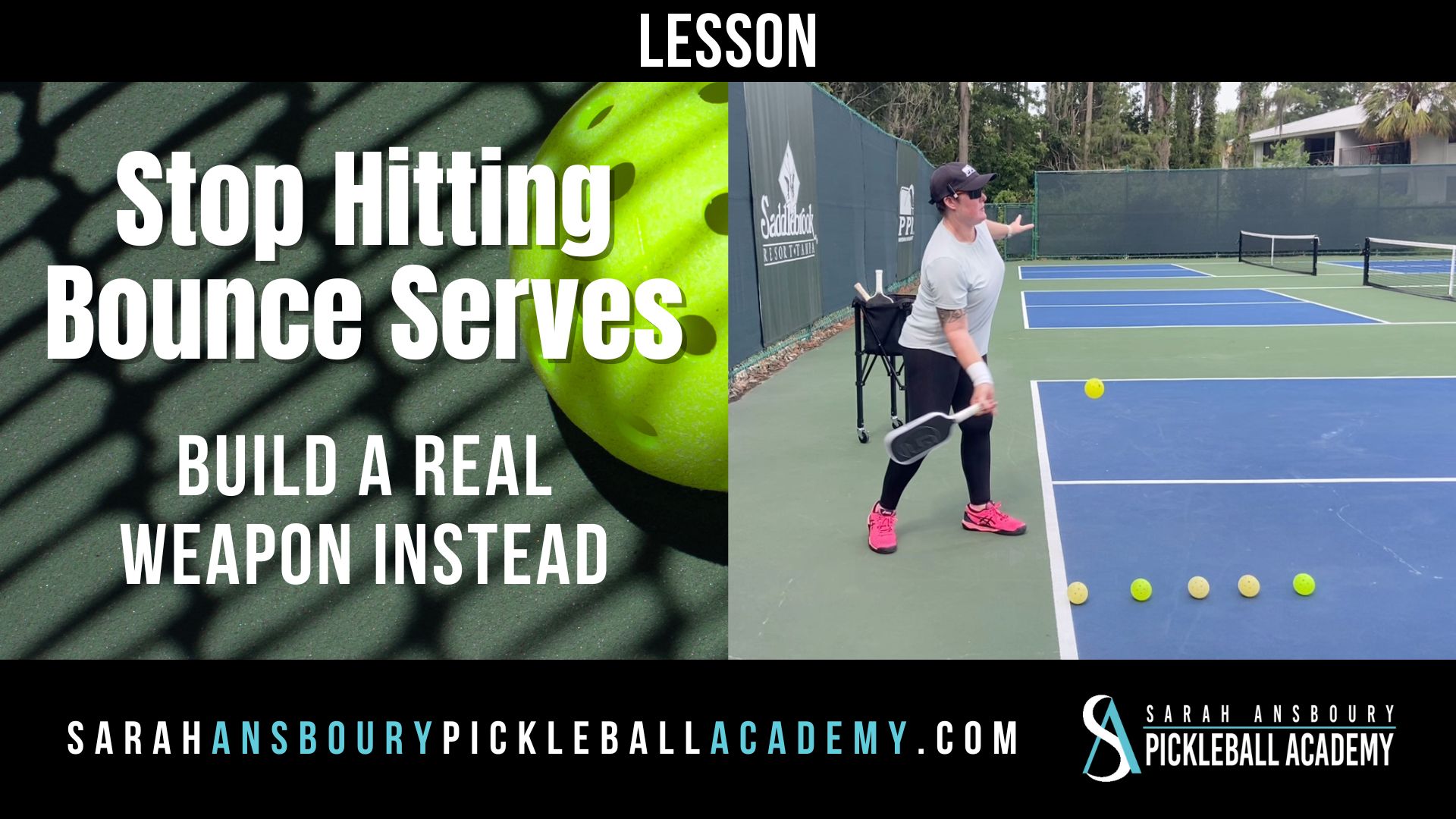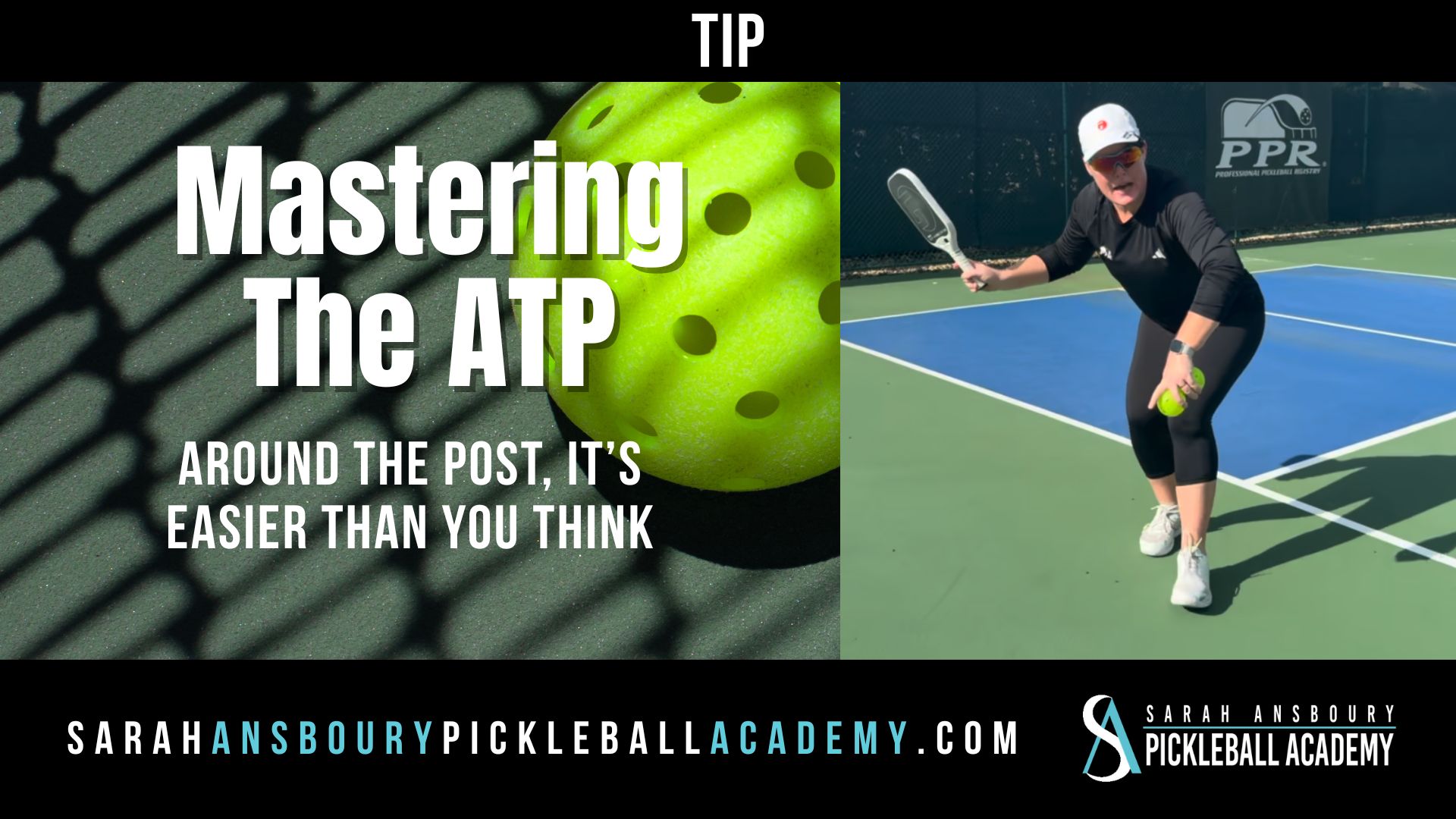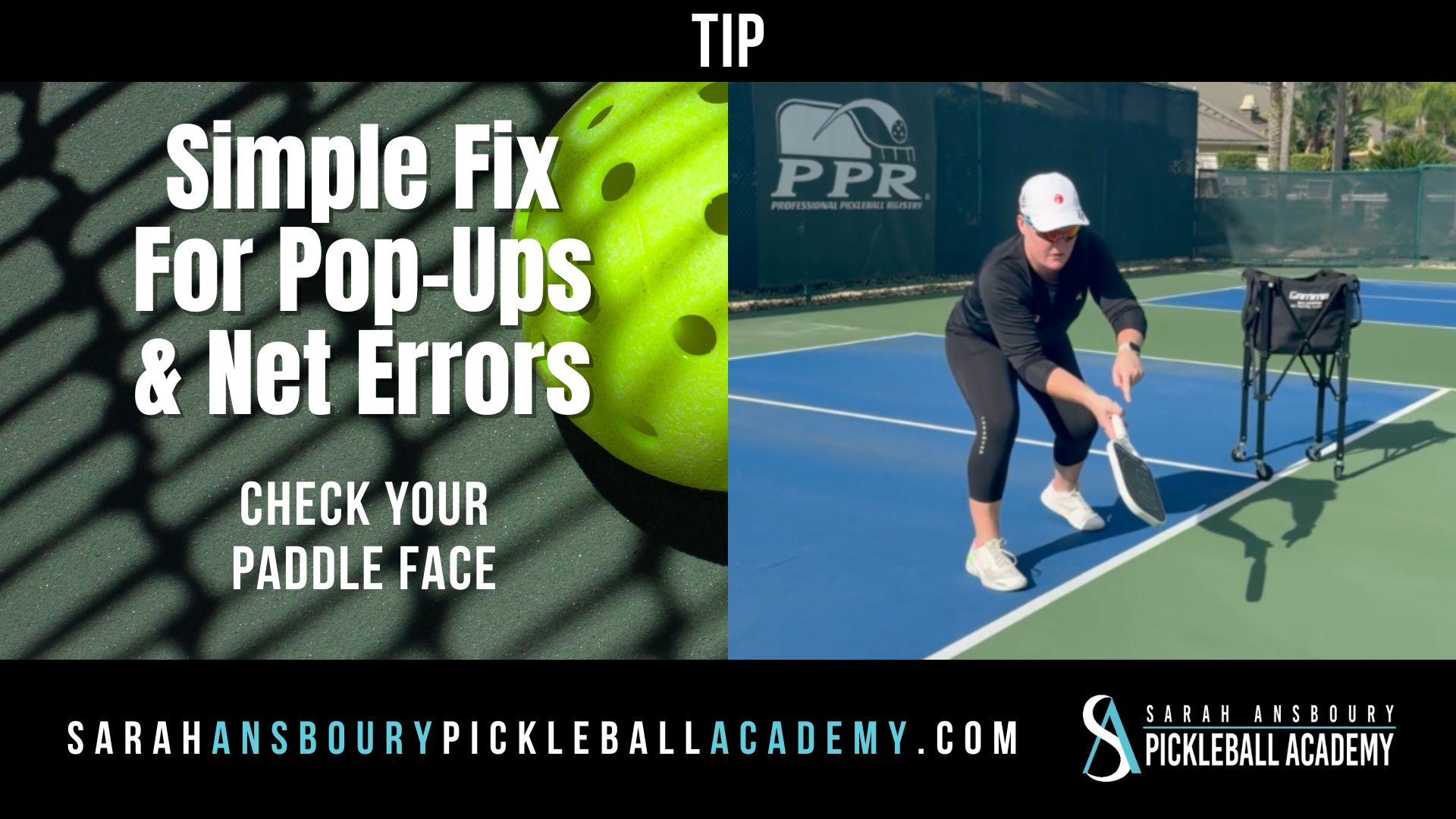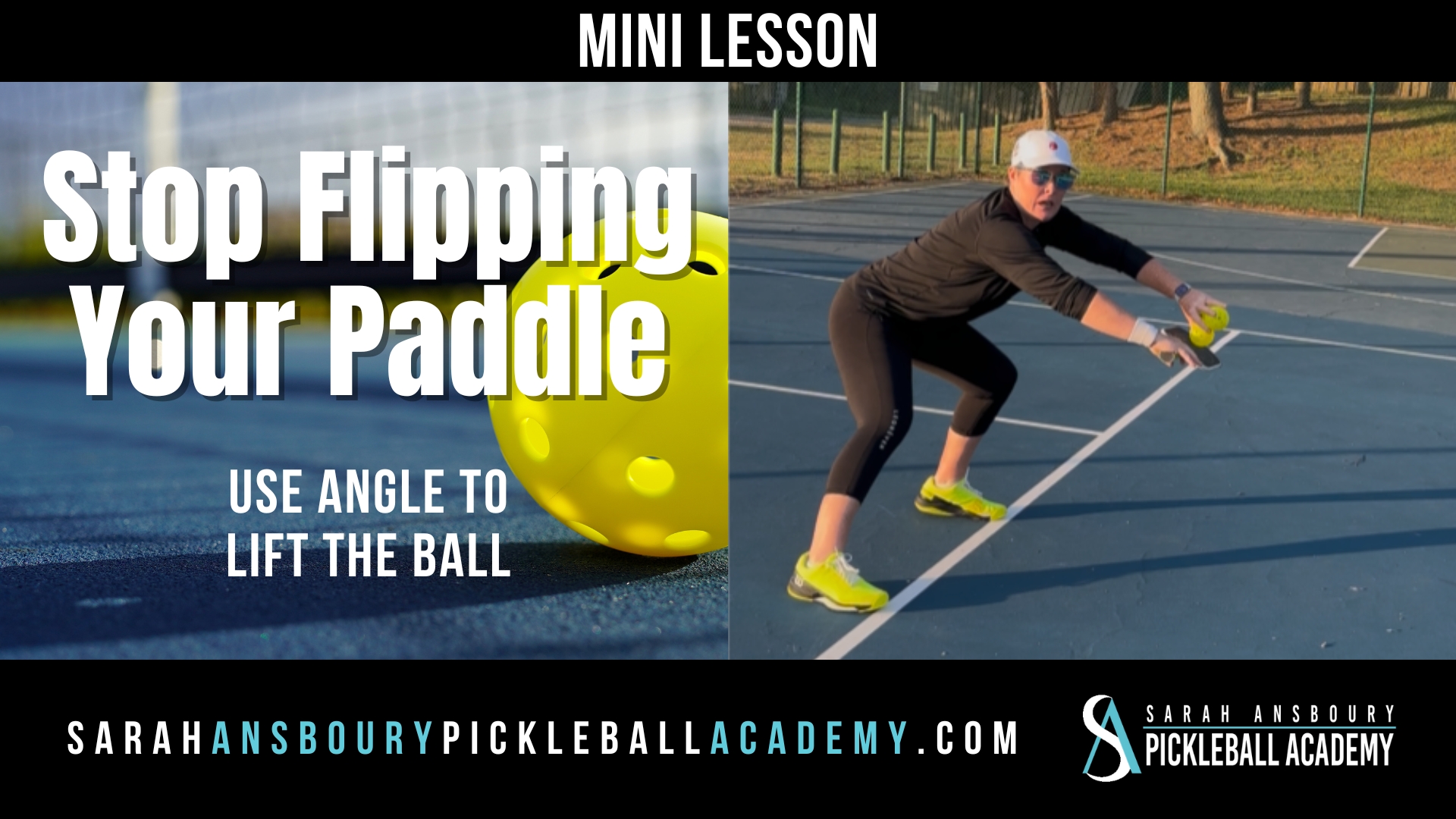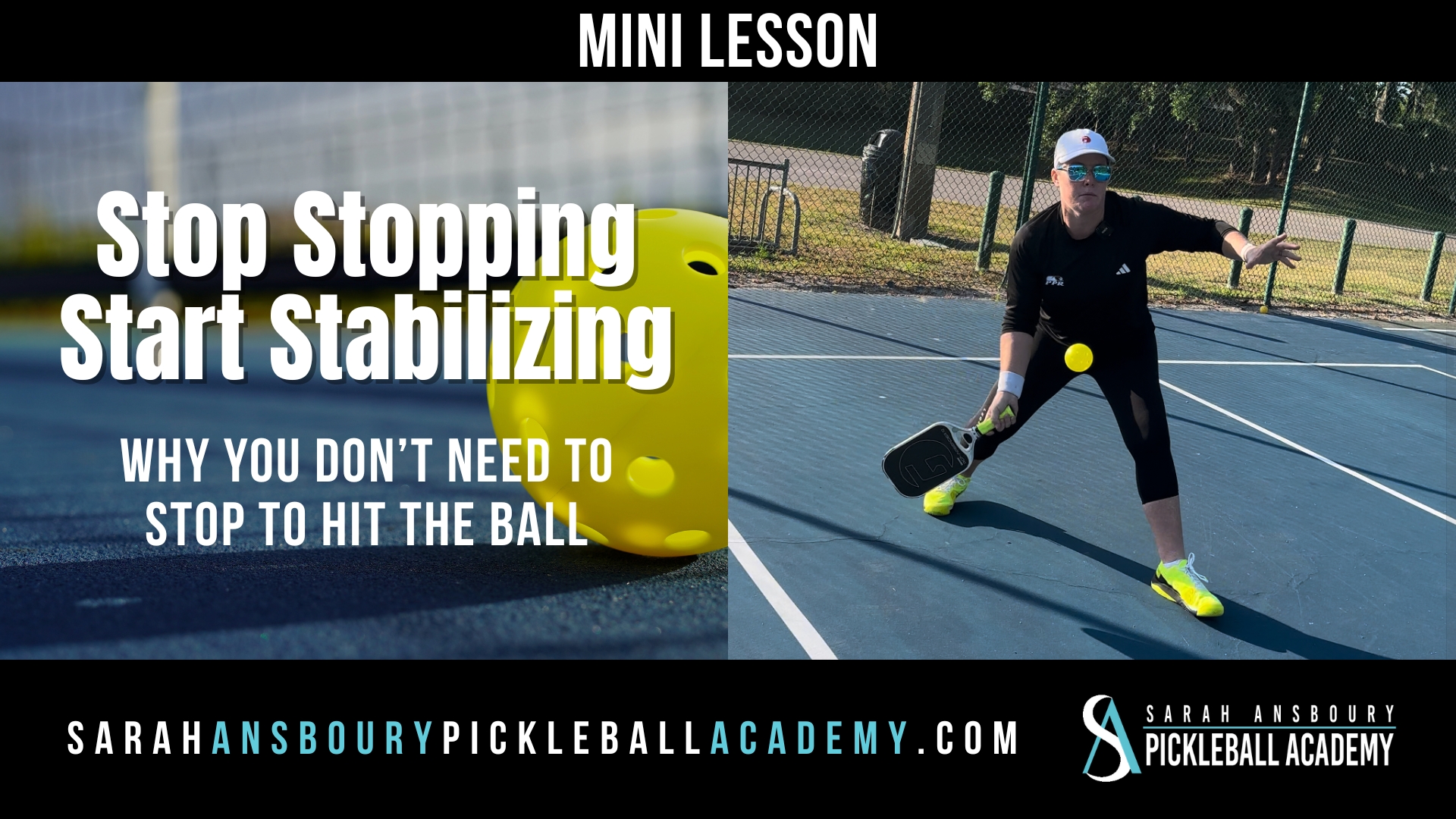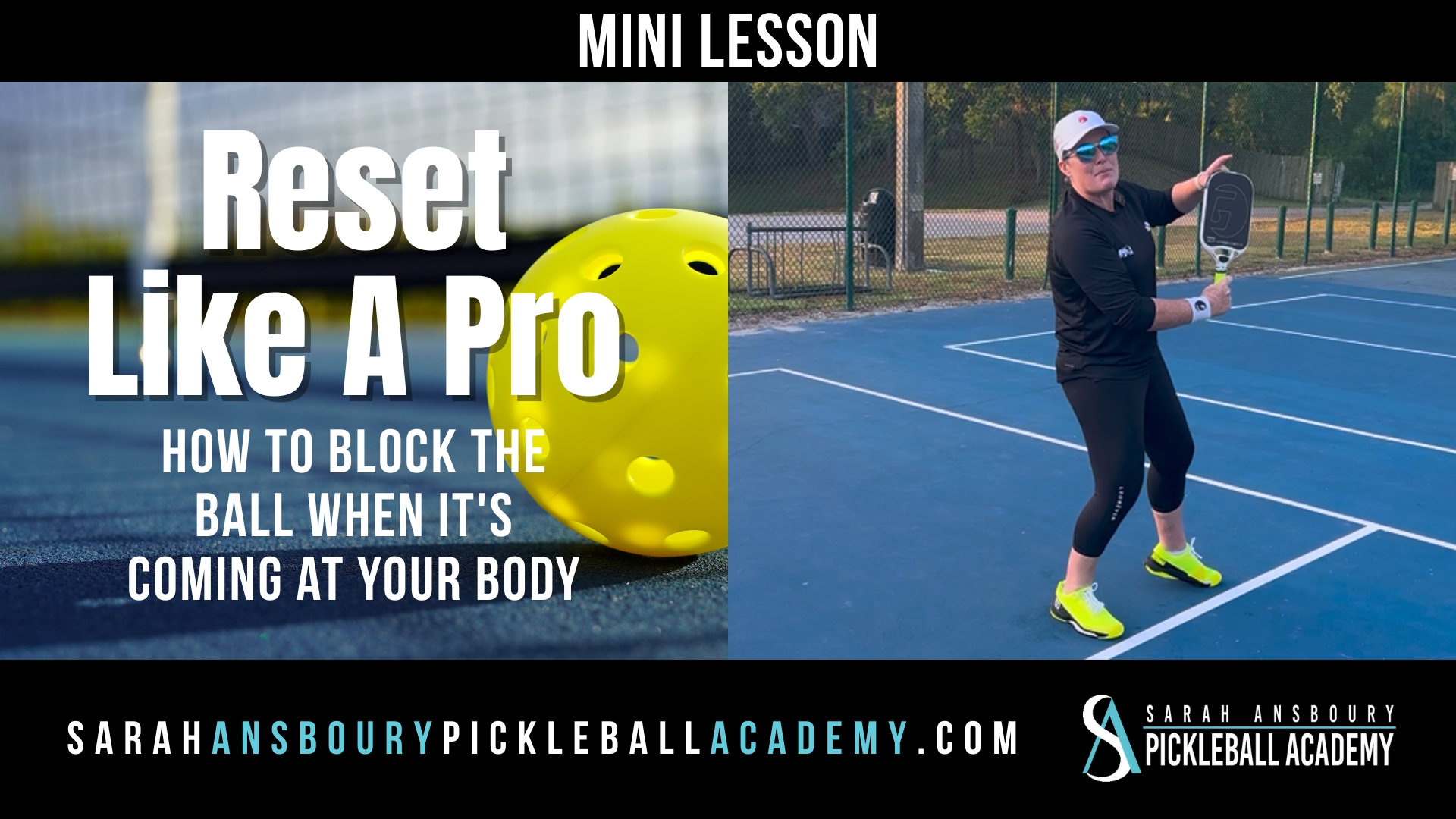You may have noticed something on my Head pickleball paddle, Frankly, if you look closely you will find a lot of pros have altered their paddles in this way. The secret is lead tape.
Lead Tape For Pickleball Paddles
In this post we are covering Lead Tape for Pickleball Paddles as well as answering the questions that many of you have asked, such as “Why should I use lead tape?”, “How do I use lead tape?”, “What is lead tape for on a Pickleball Paddle?”.
So, in the video below I cover these questions plus my lead tape strategy and the starting point I suggest to most of my students who I feel could benefit from strategically adding a little weight to their paddle, to increase stability, balance and comfort. Take a look…
Links to products on Amazon:
1/2 Inch Lead Tape
Heavy Duty Electrical Tape (Black)
Heavy Duty Electrical Tape (White)
Know the Rules
First, let’s start with the rules. It is important to understand the official rules of pickleball…not the local folklore that you were told by a well-meaning person during local rec play. Rule 2.E.5 tells us everything we need to know about our ability to alter a pickleball paddle.
2.E.5. Alterations. The only alterations or additions that can be made to a commercially made paddle are edge guard tape, lead tape, changes to the grip size or grip wrap, and adding name decals and/or other identification markings on the paddle face. Decals, markings, and tape can extend no farther than 1.0 inches (2.54 cm) above the top of the grip nor more than 0.5 inches (1.27 cm) inside from the outer edge of a paddle or paddle edge guard if in place. Altered paddles must meet all specifications.
We can alter the paddle edge, grip or add our name or decal as long as we stay within the parameters shown above.
Pickleball Paddles: A Weighty Issue
So now that we know we can, let’s ask the question “why”. Just as in tennis, yes some tennis players add lead tape to their tennis rackets, lead tape alters the weight and balance of the paddle. A four-inch strip of the 1/2 inch tape weighs two grams. The Head Extreme Pro paddle I often use is 7.6 ounces. If I add 4″ of tape to the edge of the paddle, my 7.6-ounce paddle becomes 7.74-ounces. That may not seem like a big difference to you…but paddles are pretty light so a few ounces can mean a lot.
More importantly, it alters the balance of the paddle….by this I mean the relative weight of the handle versus the face of the paddle. Many times a player will pick up two paddles thinking one weighs more than the other. However, if you placed the two paddles on a scale they weigh exactly the same. The player perceives the one paddle as heavier because more of the weight is distributed outside of the handle. I can feel the two grams referenced above.
But Why?
I actually add quite a bit of tape to the top edge of my paddle. The majority of pros do because it increases head speed when swinging through the ball. Making the paddle more head heavy, adds power. Adding tape to the top edge of the paddle takes away some of the whippiness of the paddle.
Some players may feel that they want more stability when they mishit the ball. Not every player is able to wear away a spot in the center of the paddle’s face. If you think of your pickleball paddle face as a clock, placing lead tape at 3 and 9 o’clock may assist. Think of it as perimeter weighting a paddle, much like many golf club manufacturers perimeter weight a golf club to compensate for off-center hits.
Perhaps you discover you tend to hit the ball closer to the tip of the paddle. Moving the tape to the 2 and 10 o’clock positions will raise the sweet spot and add more power to your game.
You rarely find players that add tape closer to the handle, but you can increase the weight of the paddle without changing the balance by doing this.
Experiment With Lead Tape Weight
- A paddle that is too head heavy can cause you to overextend your wrist or elbow causing injury.
- Also, If you have a tendency to drop the head of your paddle or it lags behind the butt of the paddle it is likely that that paddle is too head heavy for you.
If you are a regular reader know that I will always encourage you to try new things. You can buy 100″ of Lead Tape For Pickleball Paddle for under $20, so experimenting won’t break the bank. You may find altering your pickleball paddle just feels more comfortable. And we all know comfort is a key to playing better pickleball.


